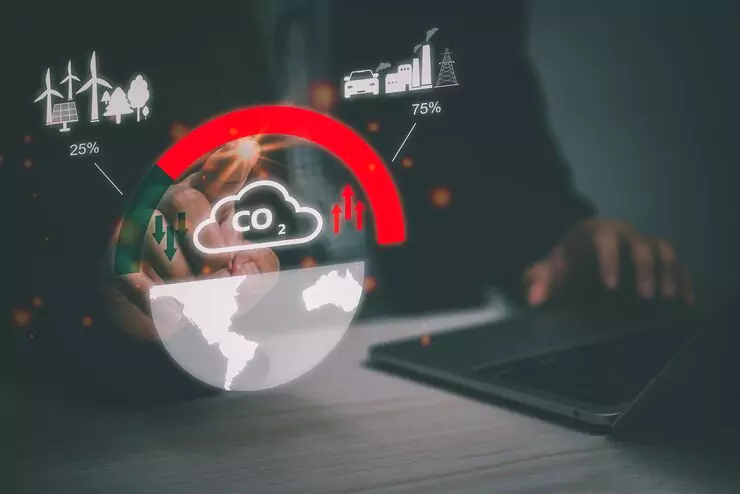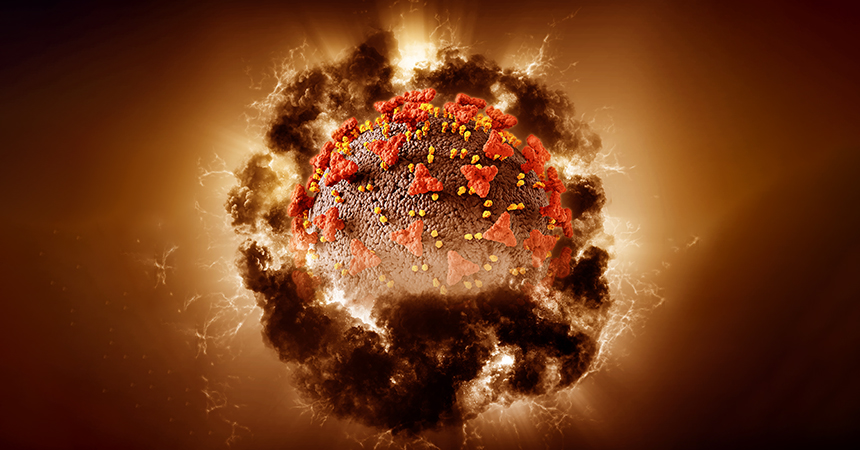How to Reduce DG Emissions and Lower Operational Costs
- 19 May, 2025

Diesel generators (DG sets) are a lifeline during power outages, especially in industrial, commercial, and residential facilities. But they come at a cost, both financial and environmental.
Rising fuel prices, strict emission norms, and growing environmental concerns make it crucial for businesses to re-evaluate how they operate DG sets. The good news? It’s possible to reduce DG emissions and cut down operational expenses at the same time.
In this blog, you’ll discover:
- Why DG emissions are a growing concern
- Common mistakes businesses make
- Practical strategies to lower emissions and costs
- Examples of tools and companies doing it right
Why Reducing DG Emissions Matters More Than Ever
Diesel Generator (DG) emissions refer to the release of harmful pollutants such as nitrogen oxides (NOx), particulate matter (PM), carbon monoxide (CO), and unburned hydrocarbons. These emissions affect both air quality and human health.
India, with its rising energy demands, sees heavy reliance on DGs for backup power. According to a CEEW report, India has over 10 million diesel generators, contributing significantly to urban air pollution.
Moreover, the Central Pollution Control Board (CPCB) has implemented stringent emission norms for DG sets, pushing industries to switch to cleaner alternatives or adopt emission-reducing practices.
Want to understand air quality challenges better? Check out our blog: Top Five Indoor Air Pollutants and How Testing Can Find Them.
Common DG-Related Challenges That Cost You
- Poor Maintenance Practices
- Overloading or Underloading DG Sets
- Use of Low-Quality Diesel
- No Emission Monitoring
- Lack of Awareness About New CPCB Norms
- A Practical Framework to Reduce DG Emissions and Operational Costs
Lack of regular servicing leads to incomplete combustion and higher emissions and fuel filters and injectors often get clogged, affecting performance.
Running DGs beyond or below optimal capacity increases fuel consumption and emission output.
Impure diesel increases soot formation, clogs exhaust systems, and reduces generator lifespan.
Most facilities don’t track their DG emissions, missing early signs of inefficiency.
Many operators are unaware of the Phase II compliance standards and penalties for non-compliance.
-
Upgrade to CPCB-Compliant Generators
If you're using an older model, consider switching to CPCB II-compliant DG sets. These emit significantly fewer pollutants and consume less fuel. -
Regular Maintenance & Servicing
Change oil, filters, and inspect air intakes regularly.
Schedule periodic emission checks and performance tests. -
Use Emission Control Devices
Install Diesel Particulate Filters (DPFs) and Selective Catalytic Reduction (SCR) systems.
These reduce PM and NOx emissions respectively. -
Adopt Load Management Strategies
Match your DG's capacity to actual load demands.
Consider load sharing or hybrid systems with solar. -
Monitor with IoT-Based Solutions
Use smart DG monitoring tools to track run time, fuel efficiency, and emission data in real time.
Get alerts on faults, servicing schedules, and excess emissions.
Quick Checklist to Cut DG Emissions
- Audit your current DG emissions.
- Upgrade to CPCB-compliant models.
- Schedule regular maintenance.
- Use clean diesel and check the quality.
- Install emission control tech.
- Leverage digital monitoring.
- Educate your O&M teams.
- Keep documentation for audits.
Reducing DG emissions isn’t just about compliance. It’s about protecting your people, your brand, and your bottom line.
Talk to our experts today and discover how you can transform your DG operations for a cleaner and leaner future.
FAQs
Q1: How often should I service my DG set?
At least once every 250-300 hours of operation or quarterly, whichever comes first.
Q2: Are emission filters mandatory under CPCB norms?
For certain capacities, yes. Consult CPCB guidelines or local SPCBs.
Q3: Can solar power completely replace DGs?
In some cases, yes—especially for daytime load. A hybrid system works best.
Q4: What is stack emission testing?
It involves analysing gases emitted from the DG exhaust to check for pollutants and ensure compliance.
Related Blogs
The Impact of Climate Change on India's Agriculture and Food Security
- 23 September, 2024












